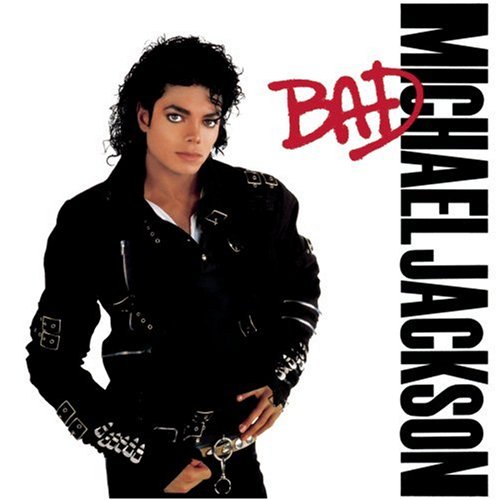The COVID-19 pandemic has crippled many industries across the globe among which the airways is one of them. With a complete lockdown and a ban on travel, the aviation sector has surely suffered a lot. The global air transport market depicts that airlines will be facing a loss of nearly $84.3 billion in 2020.
Though the skies have now opened for travel in various parts of the world, it will take more time for the aviation industry to come back strong. This article will help you know the impact of a pandemic on the airways and the preventive measures followed by the industry to tackle the virus.
Impact of COVID-19 on Aviation Industry
Believe it or not, the coronavirus outbreak has shattered the aviation industry from its roots. Below are a few points that show the extent to which the sector has been injured.
1. Drop in passenger revenue
Before the spread of the novel coronavirus, the aviation sector was performing excellently. The pandemic has for sure changed the fate of the aviation industry! Be it national or international markets, the airway industry has seen a tremendous fall ever since the virus started to spread. Passenger revenue is the key source of income for the airline industry. Following the lockdown, airlines across the world are facing gigantic loss due to a decrease in passenger bookings.
- The overall passenger aviation is likely to lose around 314 billion US dollars in 2020 alone.
- The scheduled passenger flights were down by 45.3% for the starting week of November 23rd, 2020 as compared to that of the starting week of November 25th, 2019.
- There is an estimated 49% fall in Indian fliers in 2020.
Following this drop in passenger bookings, many airlines have started to sell their tickets at a lower price. You can travel to your favorite destination by booking your flight ticket at an unbelievable rate with the exciting coupons and deals offered by HappySale.
2. Huge layoffs of aviation employees
The sudden outbreak of COVID-19 pandemic has triggered mass layoffs across many industries. From IT to media to aviation! And, coming to the aviation sector, the number of people who lost their jobs is just dramatic.
- Norweigian Airlines had sent 90% of its employees on furlough.
- World’s major American Airlines announced the layoff of 19,000 employees in August 2020.
- India’s largest Indigo sacked nearly 10% of its workforce in July 2020.
- Around 3.6 million jobs are expected to be at stake in aviation and aviation dependent sectors in India.
Apart from the tragic layoffs and furloughs, many employees of renowned airlines have also been asked to work with 50% pay cuts and even no pay. The layoffs and pay cuts of aviation employees are directly proportional to the industry’s passenger revenue (which is the highest source of revenue for airlines).
3. Revenue loss of airports
The staggering pictures of deserted airports during the pandemic were surely breathtaking. Not just the airlines but the airports have also faced immense loss during the lockdown.
European airports had an approximate loss of 38.8 billion US dollars as of August 2020.
Many of India’s largest airports are also seeing a gigantic downfall in terms of quarterly revenue.
Airports earn the majority of their revenue through aeronautical means i.e., landing, terminal, passenger fees paid by the airlines, etc. Other sources include car parking, advertisements, car rentals, and much more. Most of all of these revenue sources have failed to provide enough income to the airports during the pandemic. The reason being a ban on international travel resulting in a decrease in the number of flight operations.
Preventive measures followed by airway industry
Looking at the damage caused to the global economy, many nations decided to end the lockdown by June-July 2020. Markets were opened and people were back on the roads. The pandemic also resulted in global travel shut down. Gradually, domestic flights have been resumed in many countries. The airport authorities, however, took stringent preventive measures to control the spread of the virus. Below is the list of preventive measures followed by the aviation sector:
- No entry without face mask
- Temperature testing
- Disinfecting the airports and flights regularly
- Maintaining social distance
- Flying with 50-60% capacity
- COVID-19 or antibody test
These guidance and safety norms have been strictly followed by all the airports across the world to reduce the transmission of the virus. The special task forces and people have been employed to take care of these operations.
When will the aviation industry revive?
The COVID-19 pandemic has shaken the aviation industry like never before. With just the cargo flights in operation for a brief period, the sector has undergone a drastic loss. Even after the resumption of airlines across the world, experts predict that it might take around 7-8 quarters for the sector to recover fully. A survey conducted by Statista predicts that many people still fear to travel as the virus stays intact. With no hopes of a vaccine in the market and an increase in the number of cases at the same time, the ban on international travel has not been lifted completely. Therefore, the future of the aviation industry is uncertain and unpredictable.


